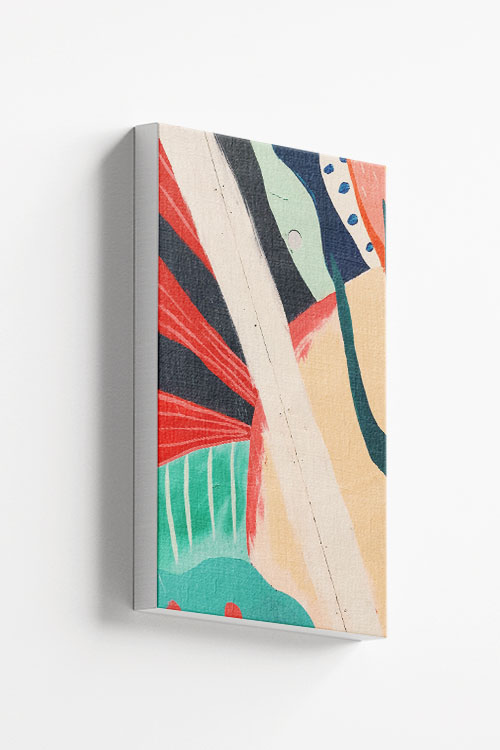
A vibrant art that is packed with colors. This abstract art will make any room look fantastic. With the combination of colors you will be able to create a cool and awe-inspiring room. Personalize your room and add character into it with a lovely art from artdesign.
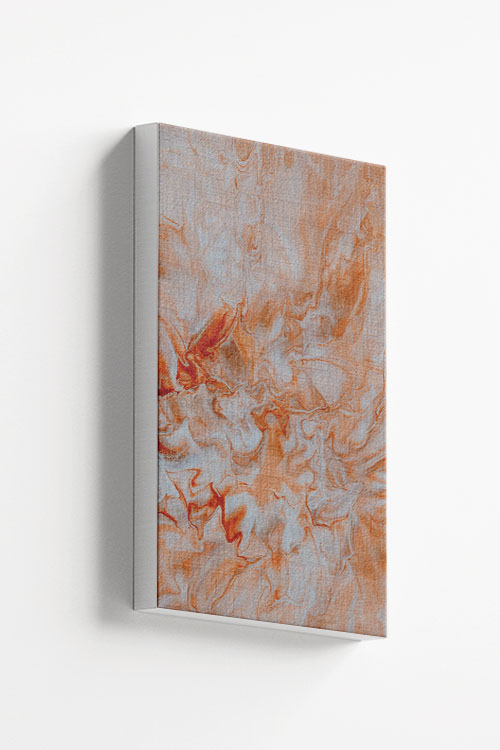
An abstract art that is packed with colors. Its beauty will simply blend with the existing design style and decors. Add life to your rooms with a canvas print that features abstract art.
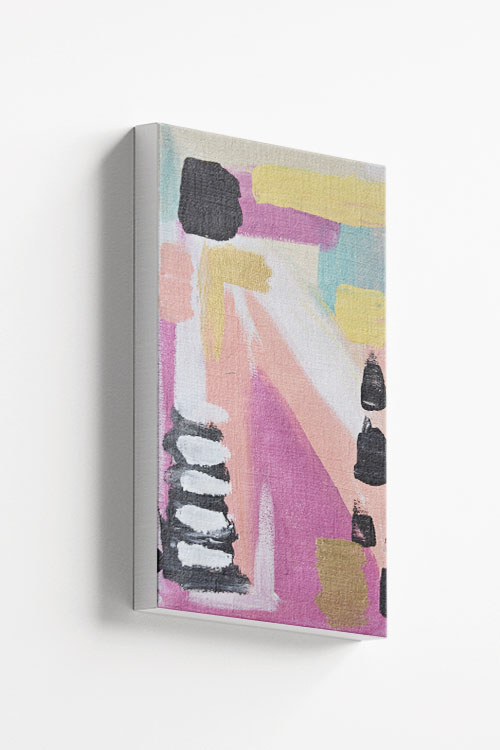
A colorful canvas design to make any room look lovely. This art is one of the vibrant designs that will make any room look amazing. A cool and trendy canvas from the collection of Artdesign.
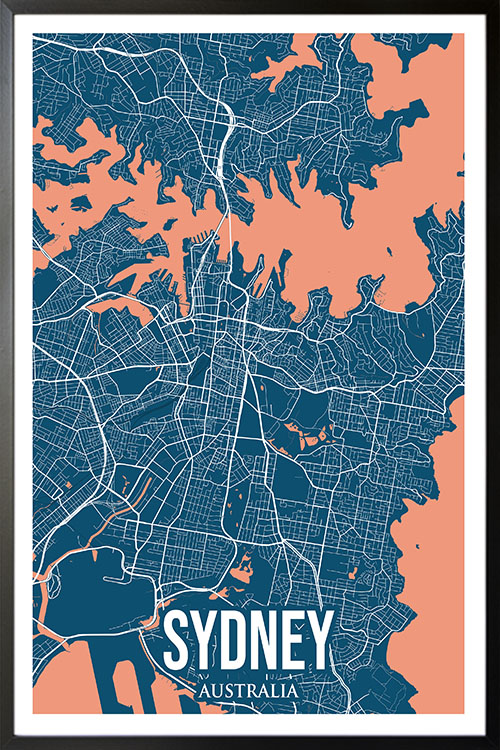
Sydney is a city of iconic attractions and beautiful beaches. This city is a travel destination you will never forget. This poster will surely make your home look legendary with the featured colors, lines, and curves.

Rio de Janeiro is home to some of the world’s friendliest people and fantastic beaches. The city also has a colorful history making it one of the most diverse cities in the world regarding culture and tradition. Get this poster now and give your home a Brazilian touch.
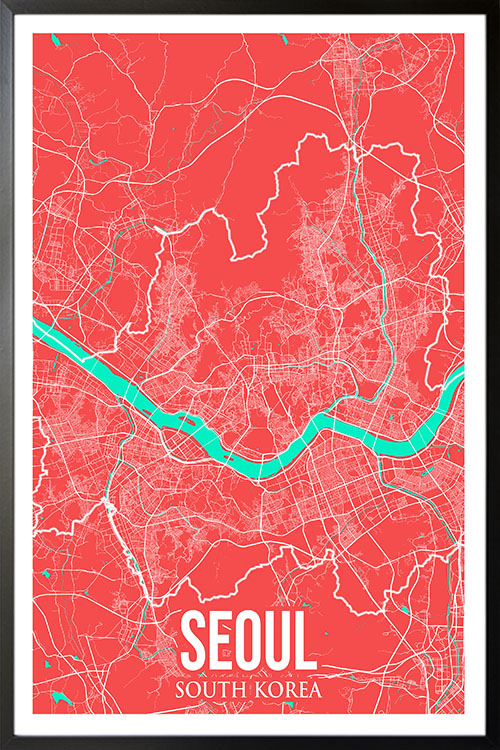
Are you a K-pop or K-drama fan? Here’s a little treat for you! Seoul has modern skyscrapers, neon lights, and Buddhist temples. Give your room a little “annyeonghaseyo” and flaunt it to your friends.
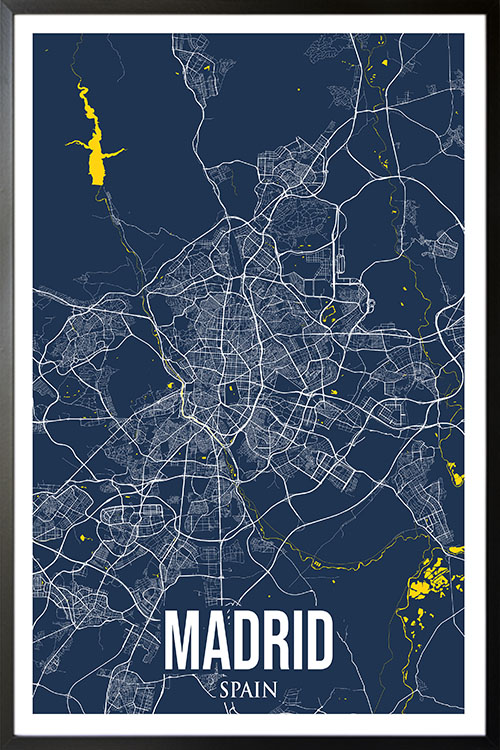
The capital of Spain, Madrid, is home to impressive architecture, world-renowned museums, and outdoor plazas. Give your room a fantastic view with this beautiful poster and give it a welcoming appeal.
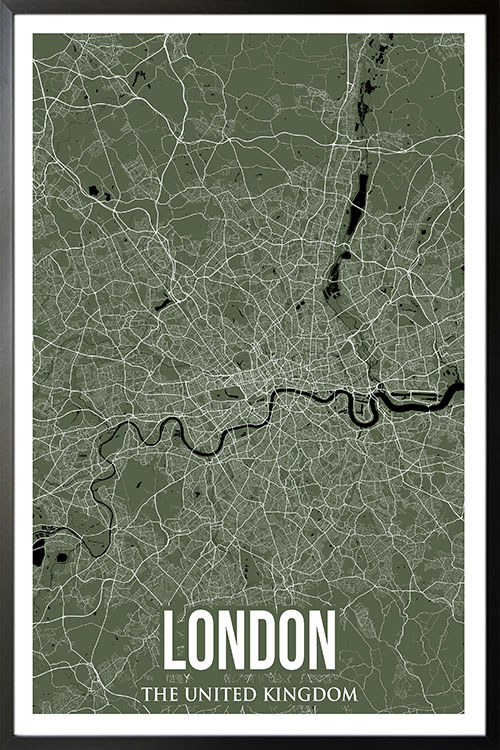
This is a spectacular poster design. Featuring one of the key cities in the world and its geographical appearance. Give your room a lively vibe with colors, lines, and curves for a more welcoming appeal.
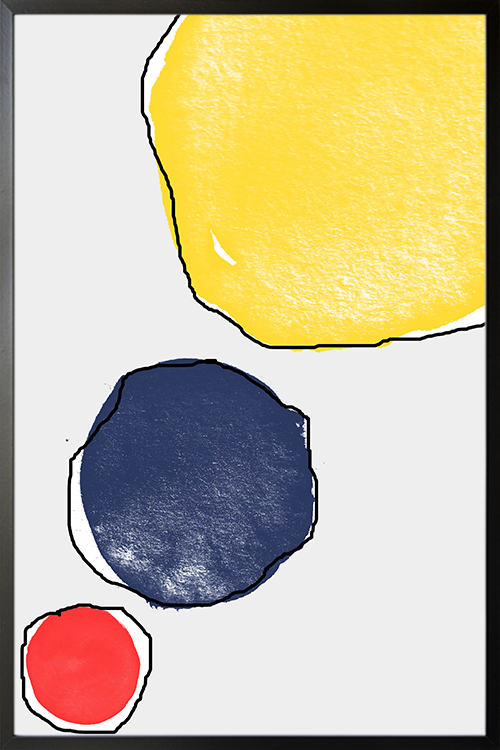
This poster is the perfect choice if you want to add something round to your wall. Not only that it will make any room look fantastic. This art will surely make the atmosphere look more warm and comforting.
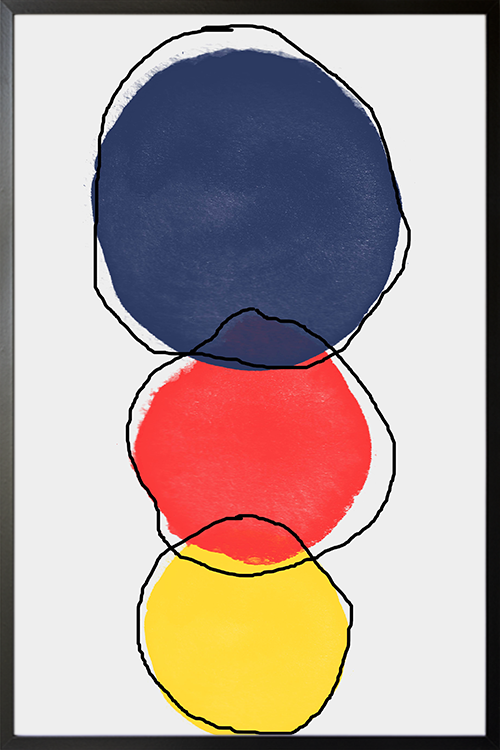
This poster is the perfect choice if you want to add something round to your wall. Not only that it will make any room look fantastic. This art will surely make the atmosphere look more warm and comforting.














